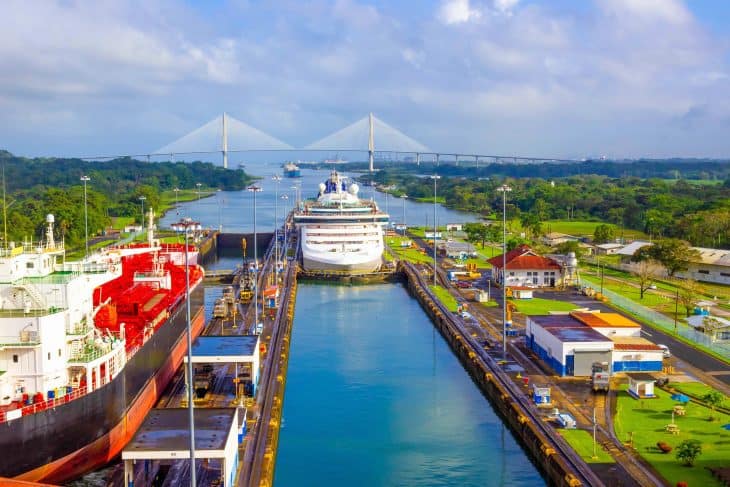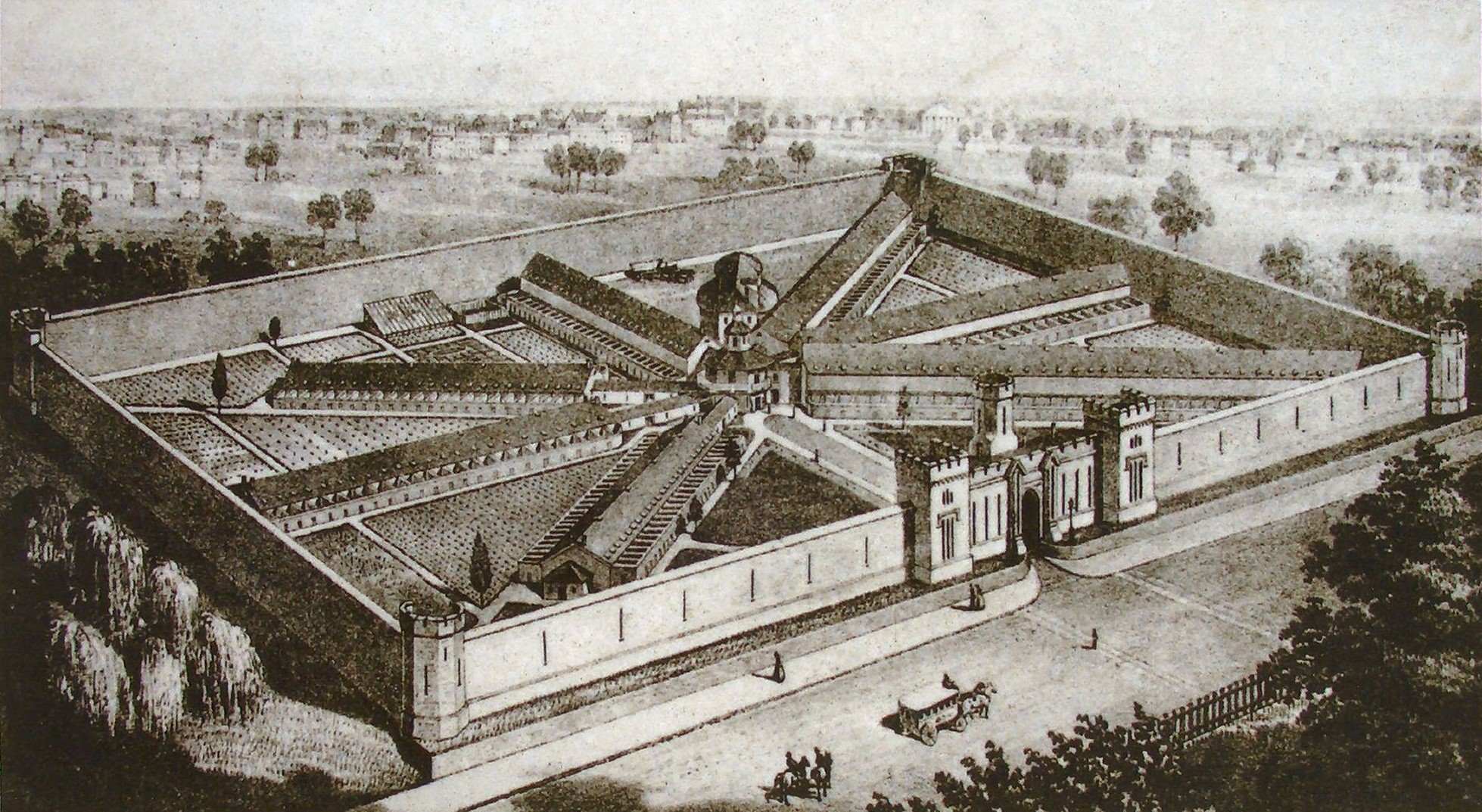
Today, the Panama Canal stands as a testament to the engineering capabilities of the modern world. Cutting across the Isthmus of Panama, the canal allows ships to pass between the Atlantic Ocean and the Pacific Ocean in a matter of hours. Learn more about this wonder of modern engineering with these 40 Panama Canal facts.
- The Panama Canal cuts across 82 km of the Isthmus of Panama to link the Pacific Ocean and the Atlantic Ocean together.
- In its first year of operation alone, an estimated 1000 ships passed through the canal.
- Today, an estimated 15,000 ships pass through the canal every single year.
- Statistics estimate that over 333 million tons of shipping have passed through the canal since its opening.
- In terms of ships, that means over 800,000 ships have passed through the canal since it first opened.
- Charles V of Spain first considered digging a canal in Panama during the 16th century.
- Britain also began considering a canal in Panama in the 17th century.
- Then-US Ambassador to France, Thomas Jefferson, encouraged Spain to start working on the canal in the late-18th century.
- Both Britain and the USA made plans to dig a canal in Central America during the early-19th century.
- The completion of the Panama Railroad in 1850 increased support for a canal in the region.
- France also expressed interest in a canal in 1877, encouraged by their completion of the Suez Canal in Egypt.
- In 1881, the French began work on the Panama Canal.
- The USA took over France’s efforts in the 1900s.
- Work on the canal stalled at the time as a result of war in the region.
- The USA would ultimately succeed in completing the Panama Canal in 1914.
- Today, the Panama Canal counts as one of the Seven Wonders of the Modern World.
- The USA once considered expanding the canal during WWII to allow warships to pass.
- It usually takes around 11 hours for ships to pass through the canal.
- Before the canal’s completion, ships had to go around Cape Horn, passing through either Drake Passage or the Straits of Magellan around the tip of South America.
- They could also go north, and risk passing through the ice-covered Arctic Archipelago and Bering Strait.
Was this page helpful?
Our commitment to delivering trustworthy and engaging content is at the heart of what we do. Each fact on our site is contributed by real users like you, bringing a wealth of diverse insights and information. To ensure the highest standards of accuracy and reliability, our dedicated editors meticulously review each submission. This process guarantees that the facts we share are not only fascinating but also credible. Trust in our commitment to quality and authenticity as you explore and learn with us.


